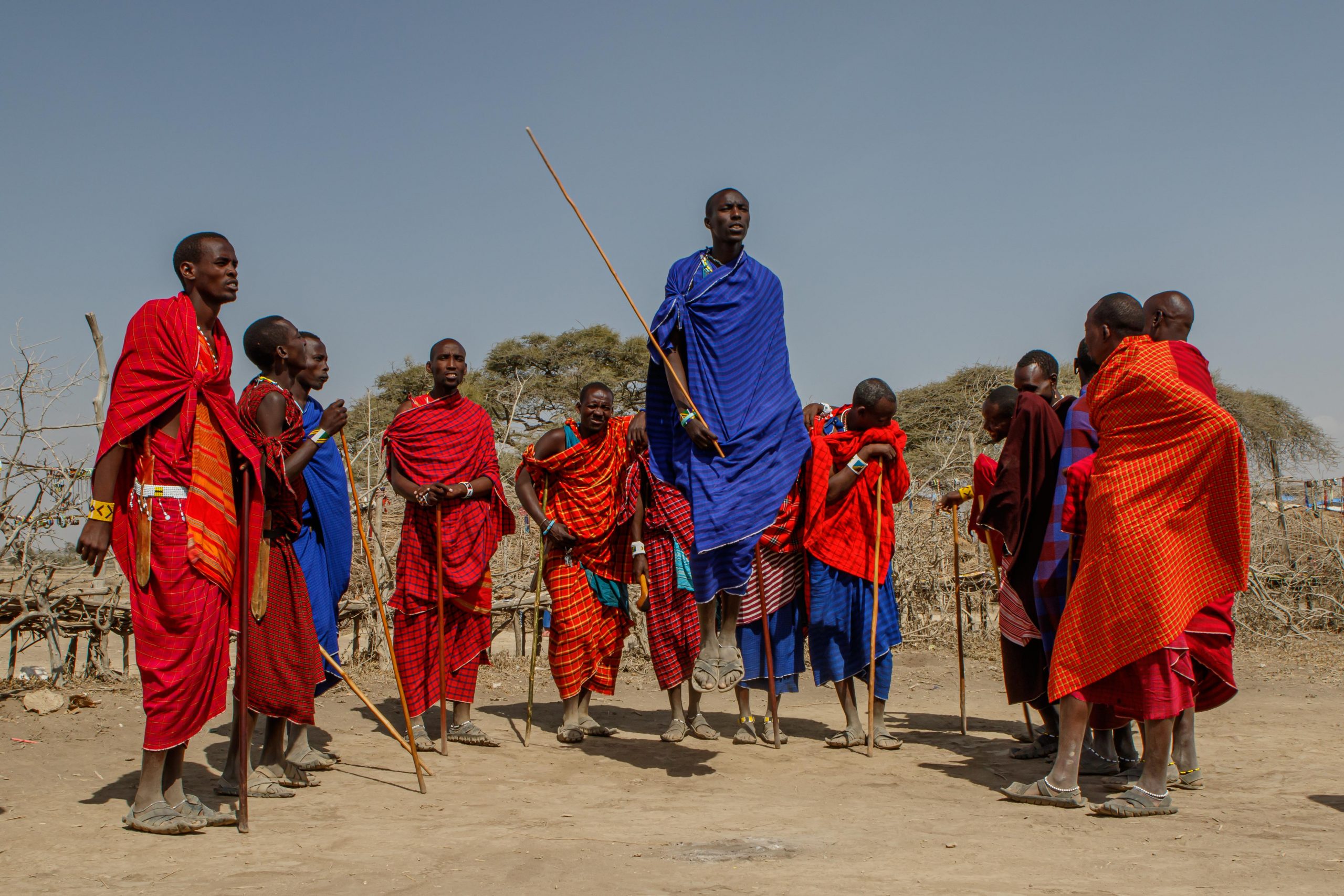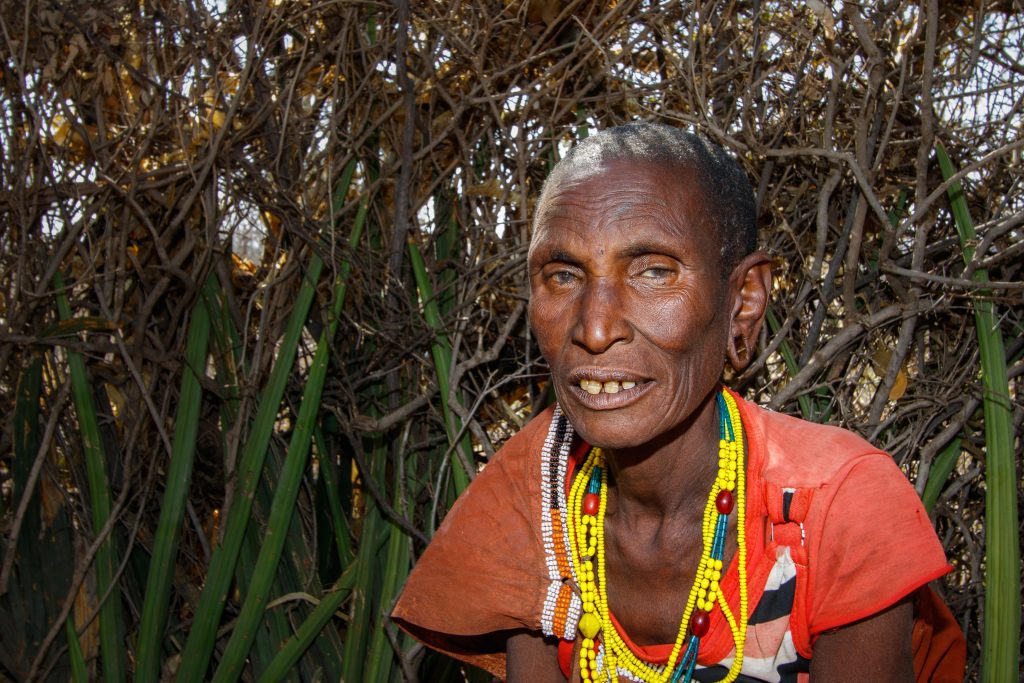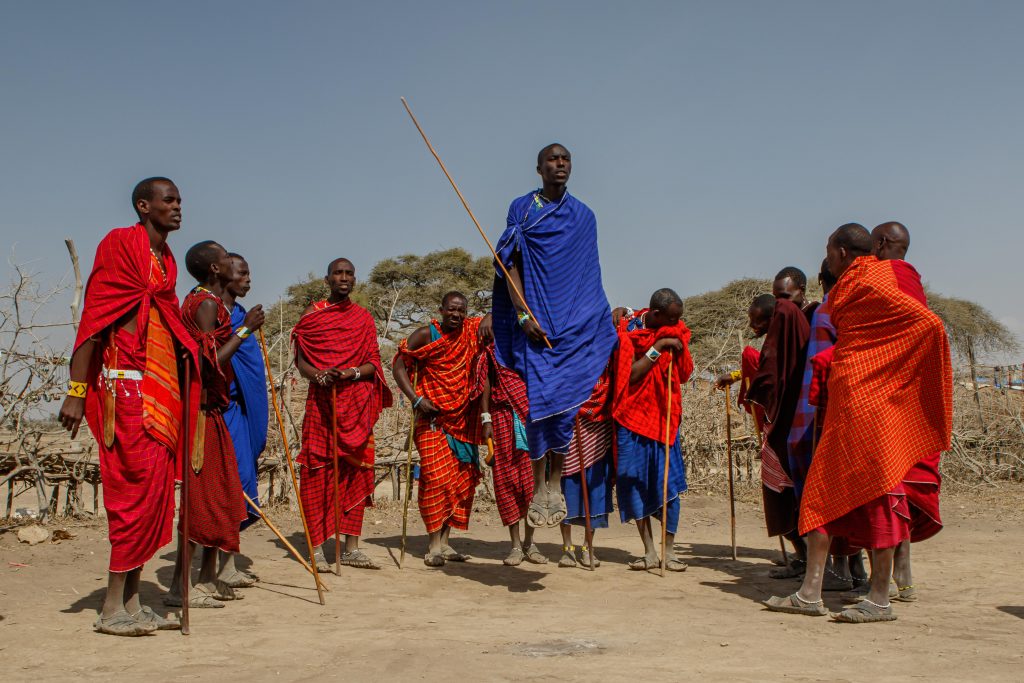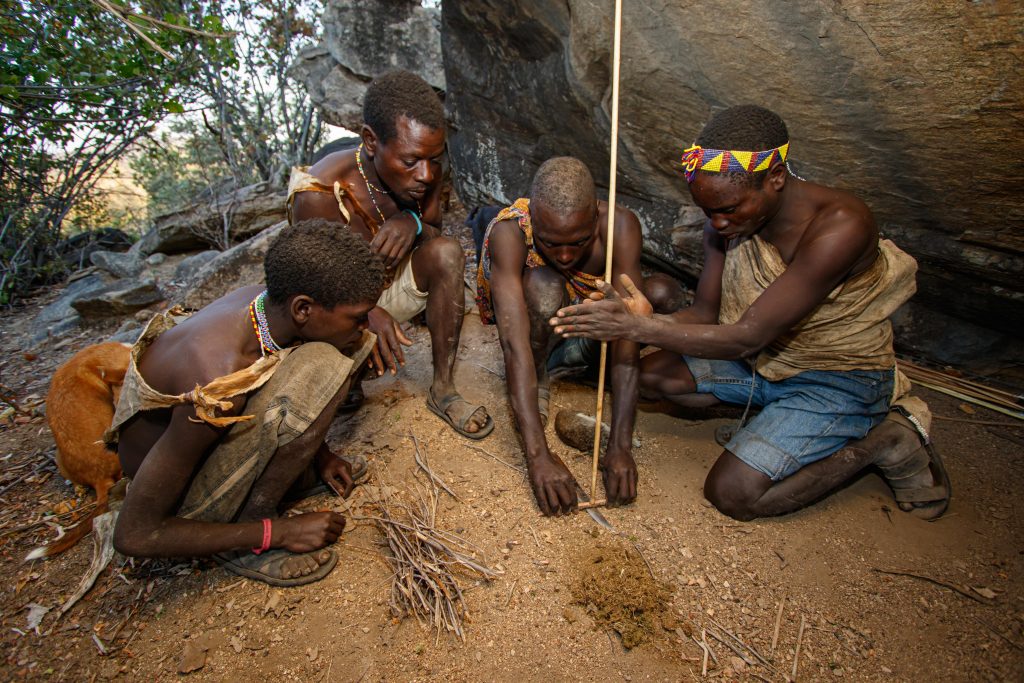the Maasai Tribe
indigenous people of tanzania
The Maasai are one of the most renowned and iconic indigenous tribes of East Africa, primarily living in the northern regions of Tanzania and southern Kenya. Known for their distinctive red attire, intricate beadwork, and semi-nomadic pastoralist lifestyle, the Maasai have preserved their rich cultural heritage despite the pressures of modernization and globalization.
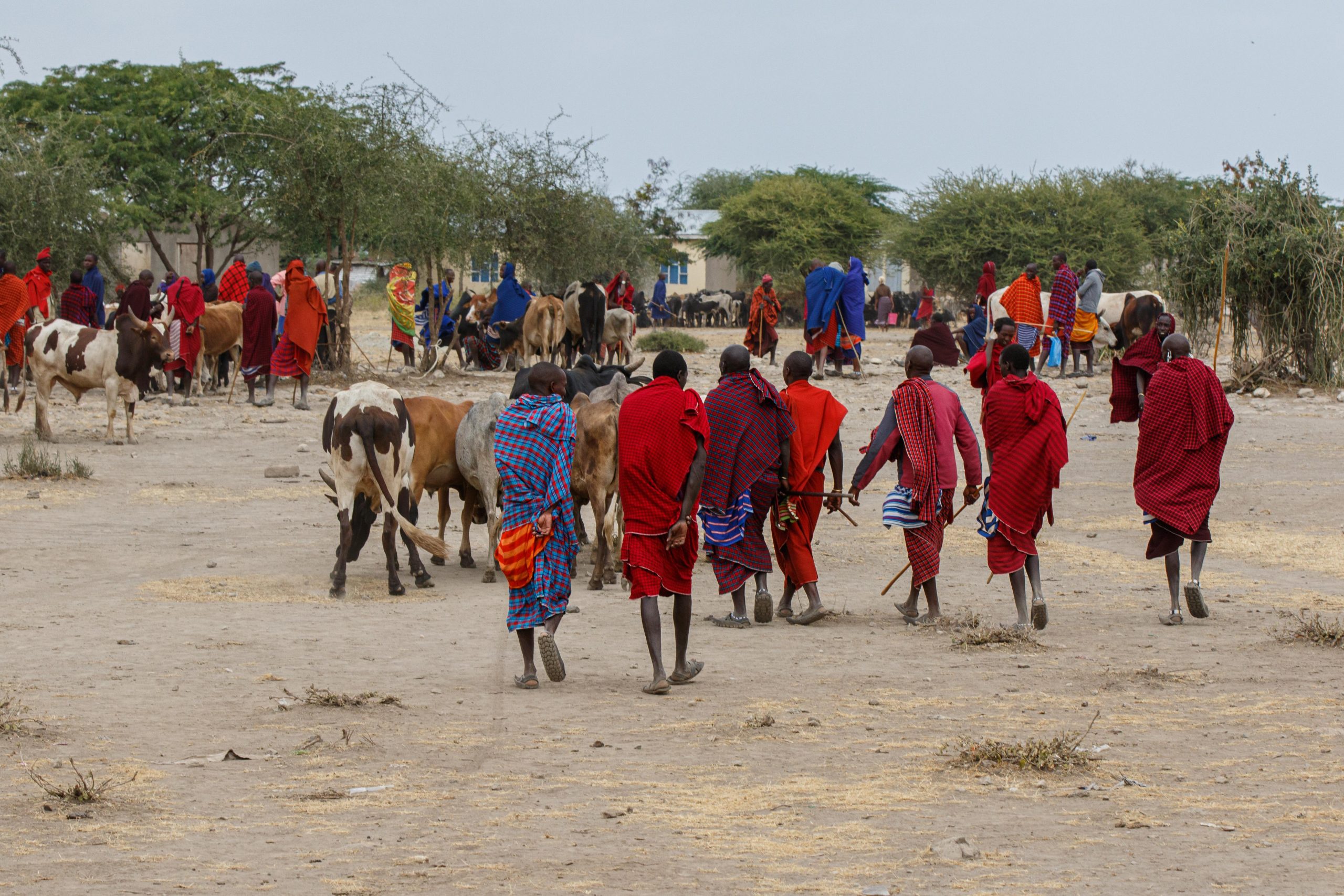
With a population estimated at over 1.5 million people, the Maasai are traditionally pastoralists, relying heavily on cattle herding for their livelihood. Cattle are not just a source of food but are deeply intertwined with Maasai culture, symbolizing wealth, status, and social stability. Milk, meat, and occasionally blood from their cattle are staples in their diet, while cattle are also used in important ceremonies such as weddings and initiation rites.
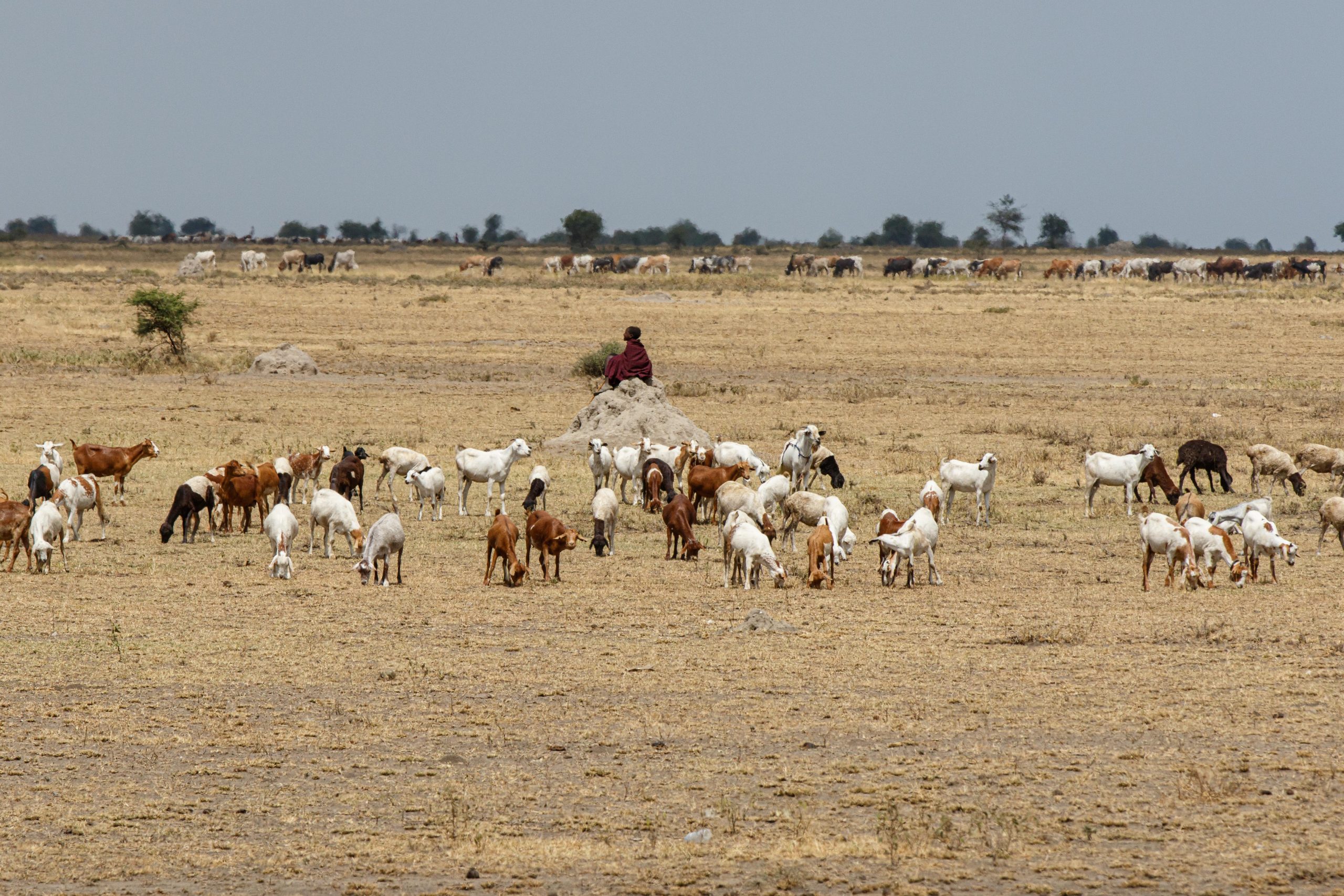
The Maasai are famous for their shuka, a vibrant red garment worn by both men and women, which serves as protection from harsh weather and predators. Their elaborate beadwork jewelry carries deep cultural significance, with colors and patterns representing age, marital status, and social rank. For instance, red symbolizes bravery and strength, blue represents the sky and rain, and green signifies fertility and the land.
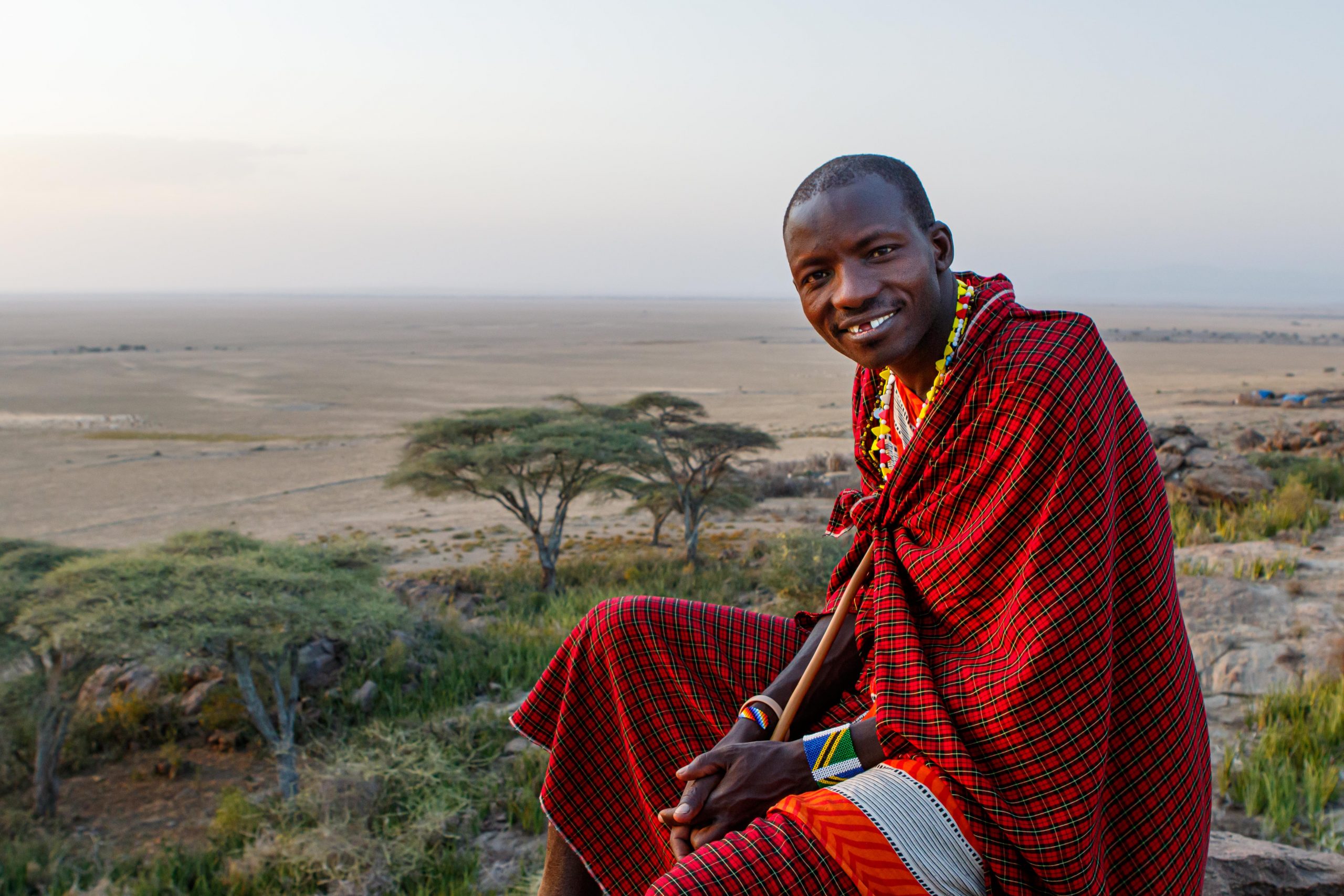
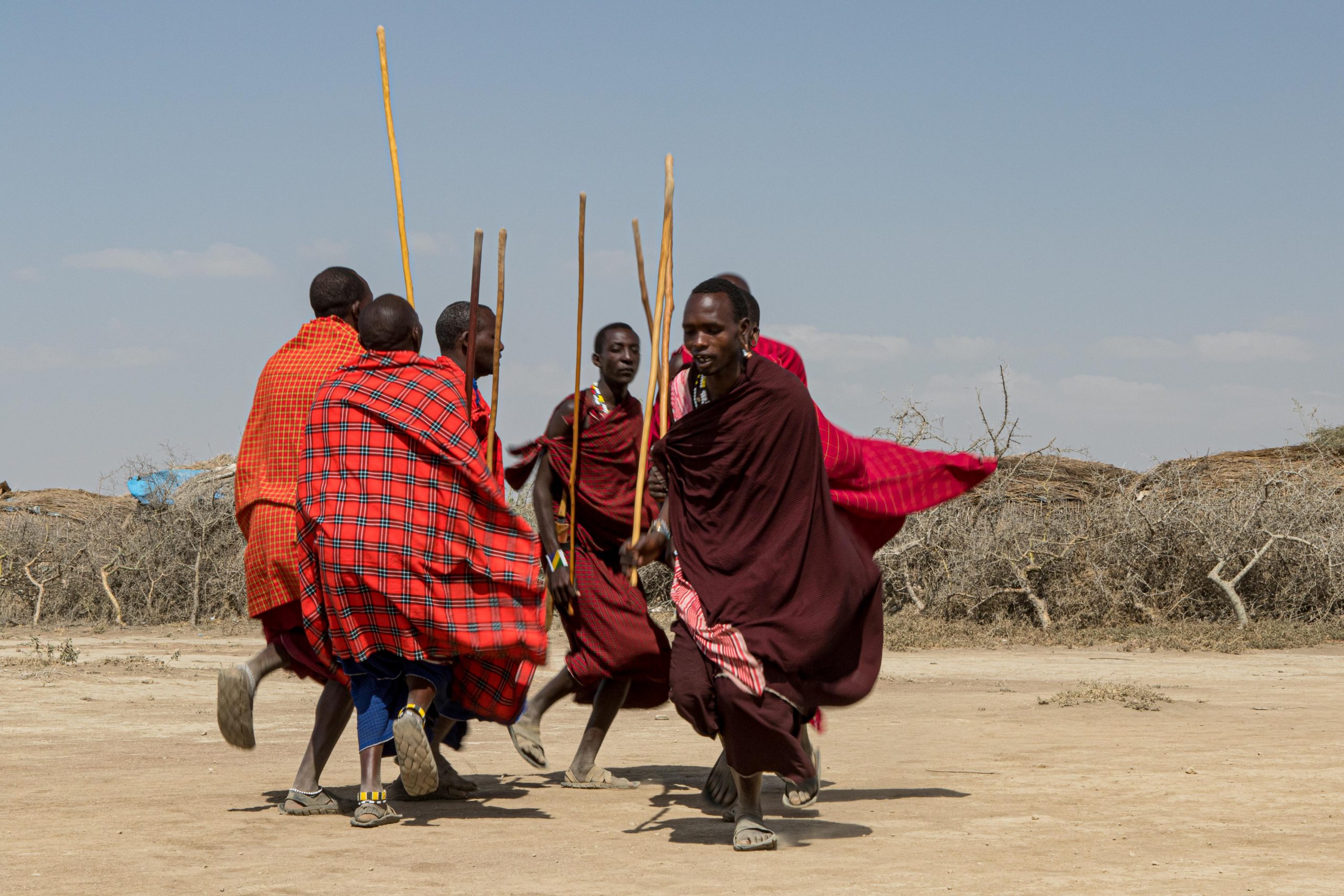
Socially, the Maasai are organized into age sets, a system where individuals of similar ages undergo initiation rites together, including circumcision for boys as a passage into manhood. Warriors (moran) play a crucial role in protecting the community and livestock, while elders are responsible for governance, dispute resolution, and preserving cultural wisdom.
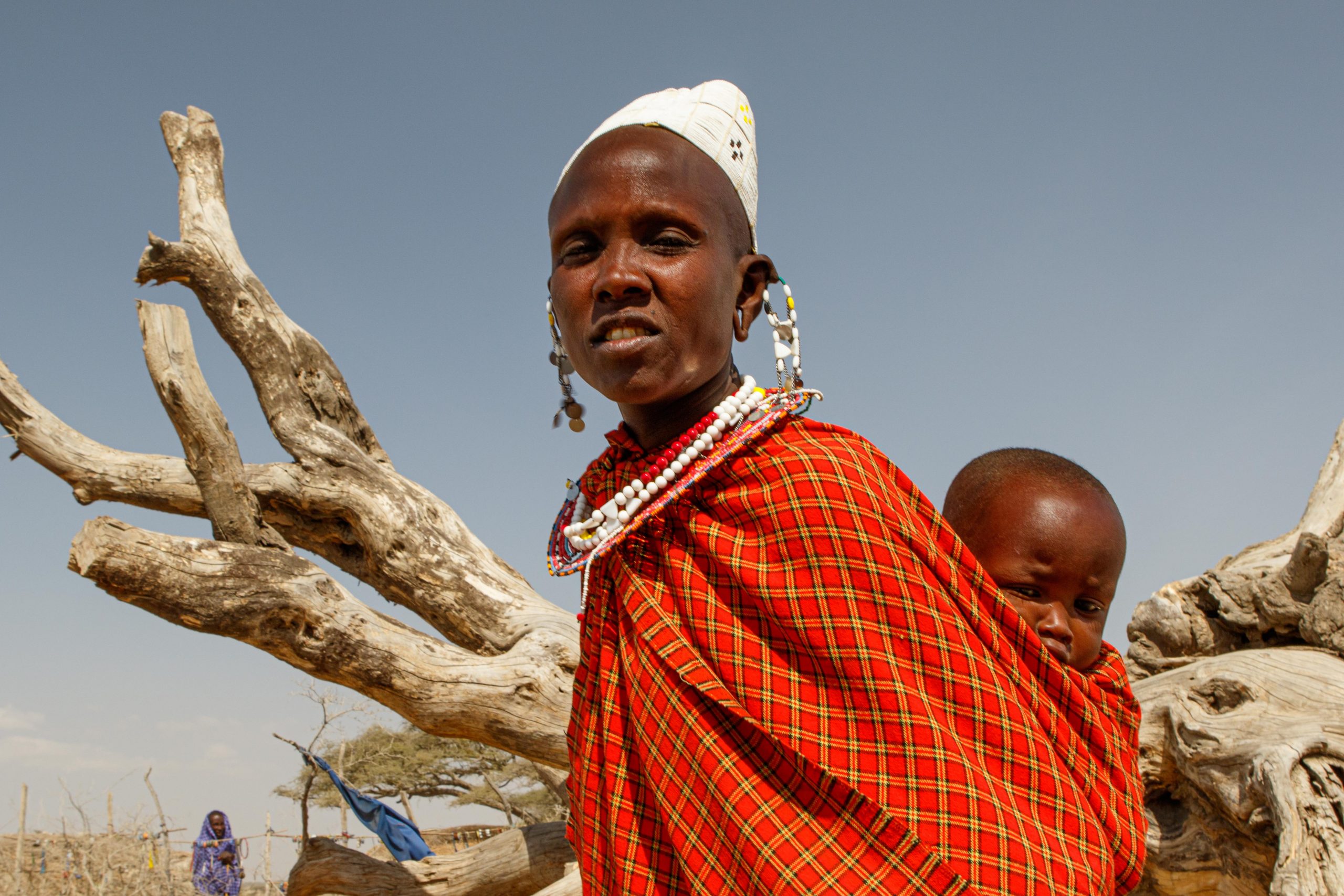
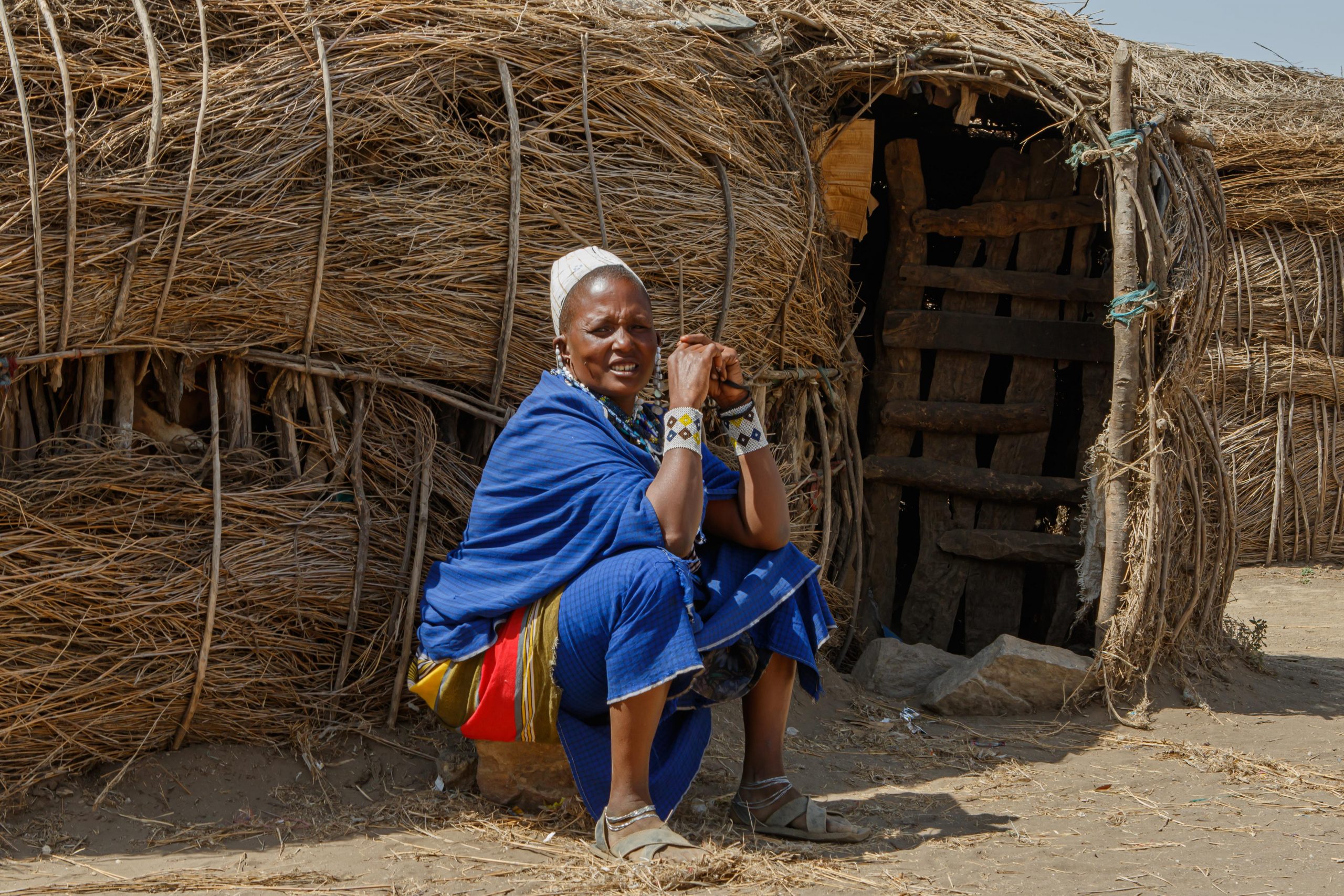
The Maasai language, Maa, is part of the Nilotic language family and serves as a key identifier of Maasai heritage. While many Maasai now speak Swahili and English due to education and interaction with outsiders, Maa remains central to their identity.
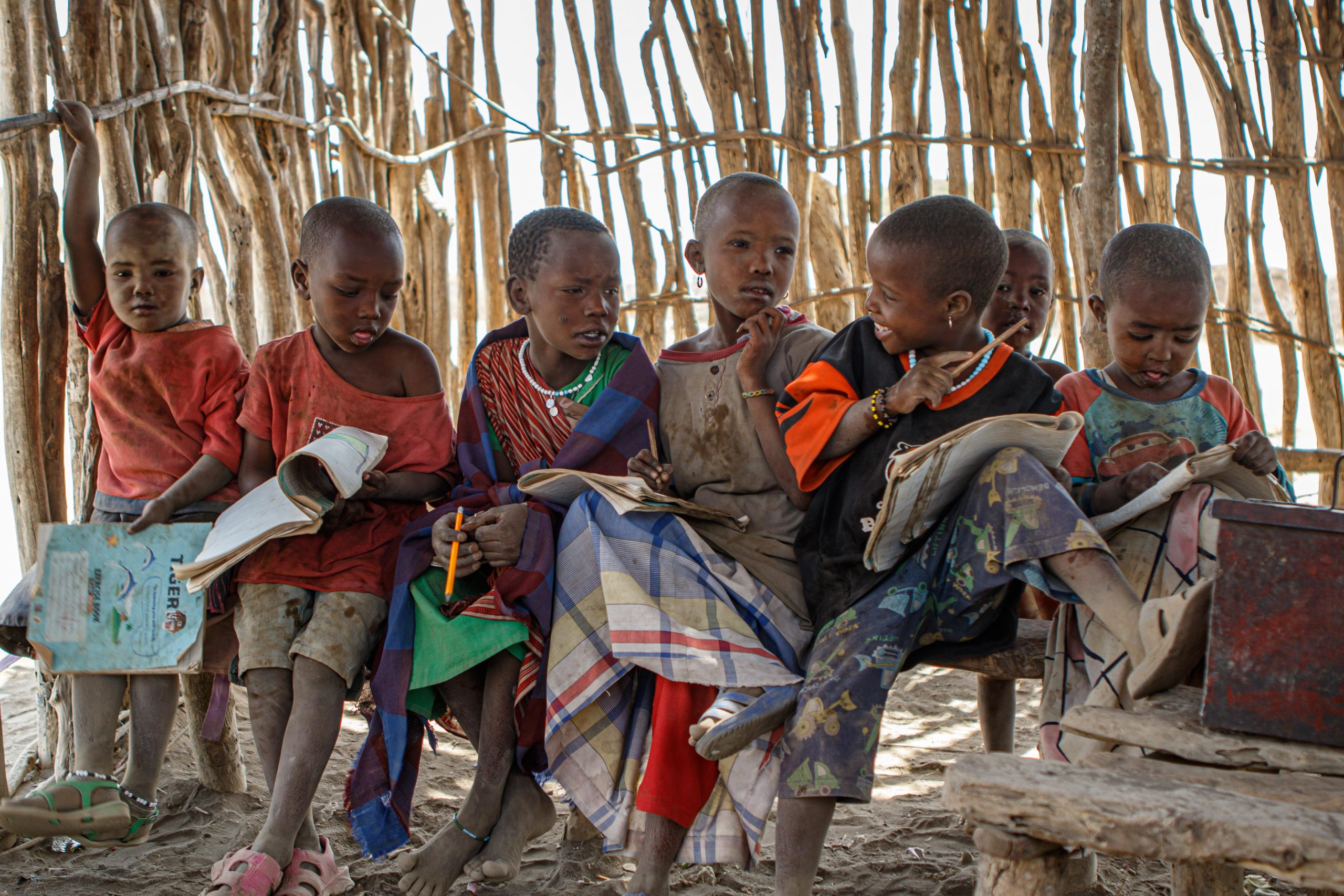
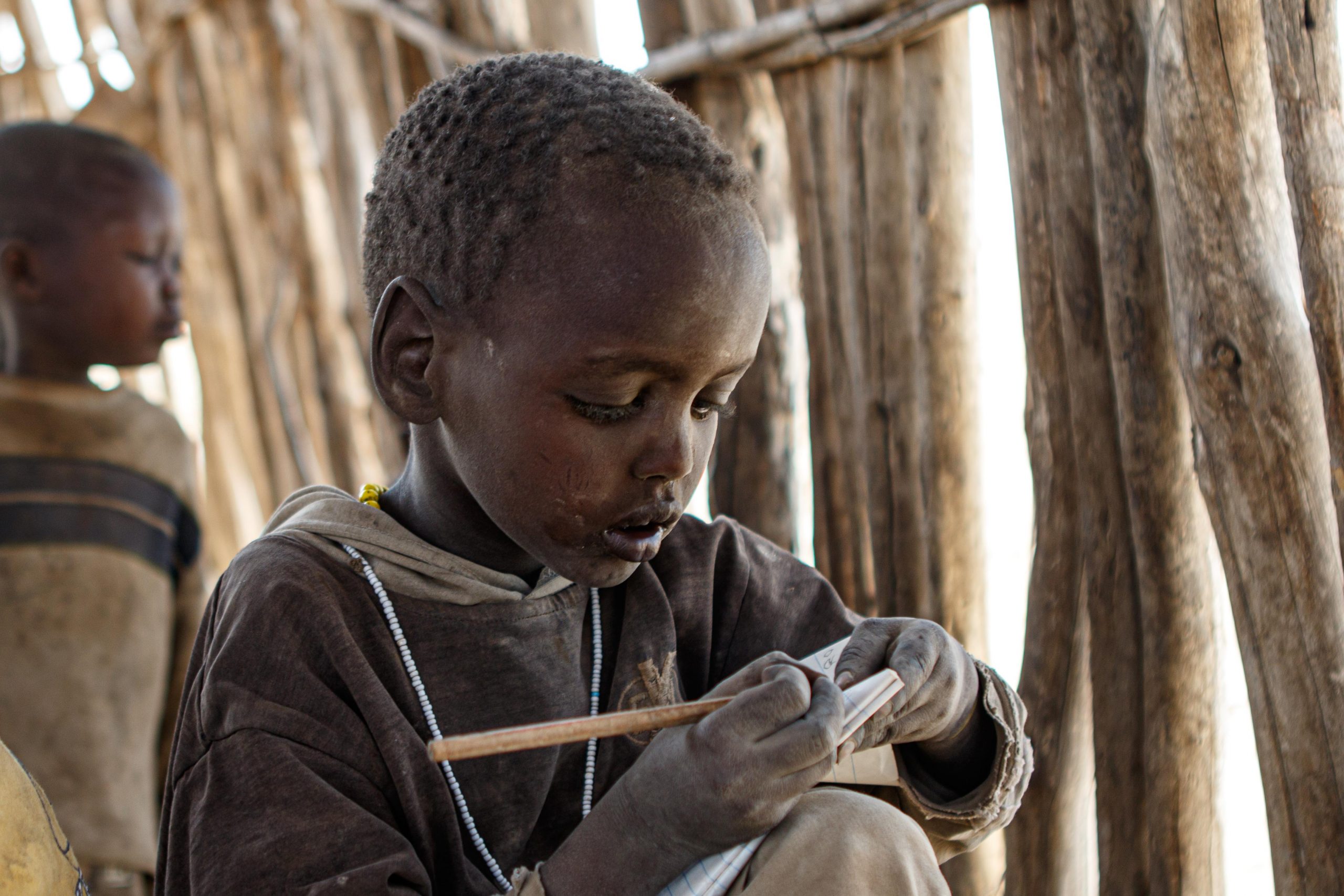
Spirituality is deeply rooted in Maasai culture, with a belief in a supreme god known as Ngai, associated with fertility, rain, and protection. Rituals and ceremonies, such as Eunoto (a rite of passage for warriors) and Enkipaata (a pre-circumcision ritual for boys), are central to Maasai cultural life.
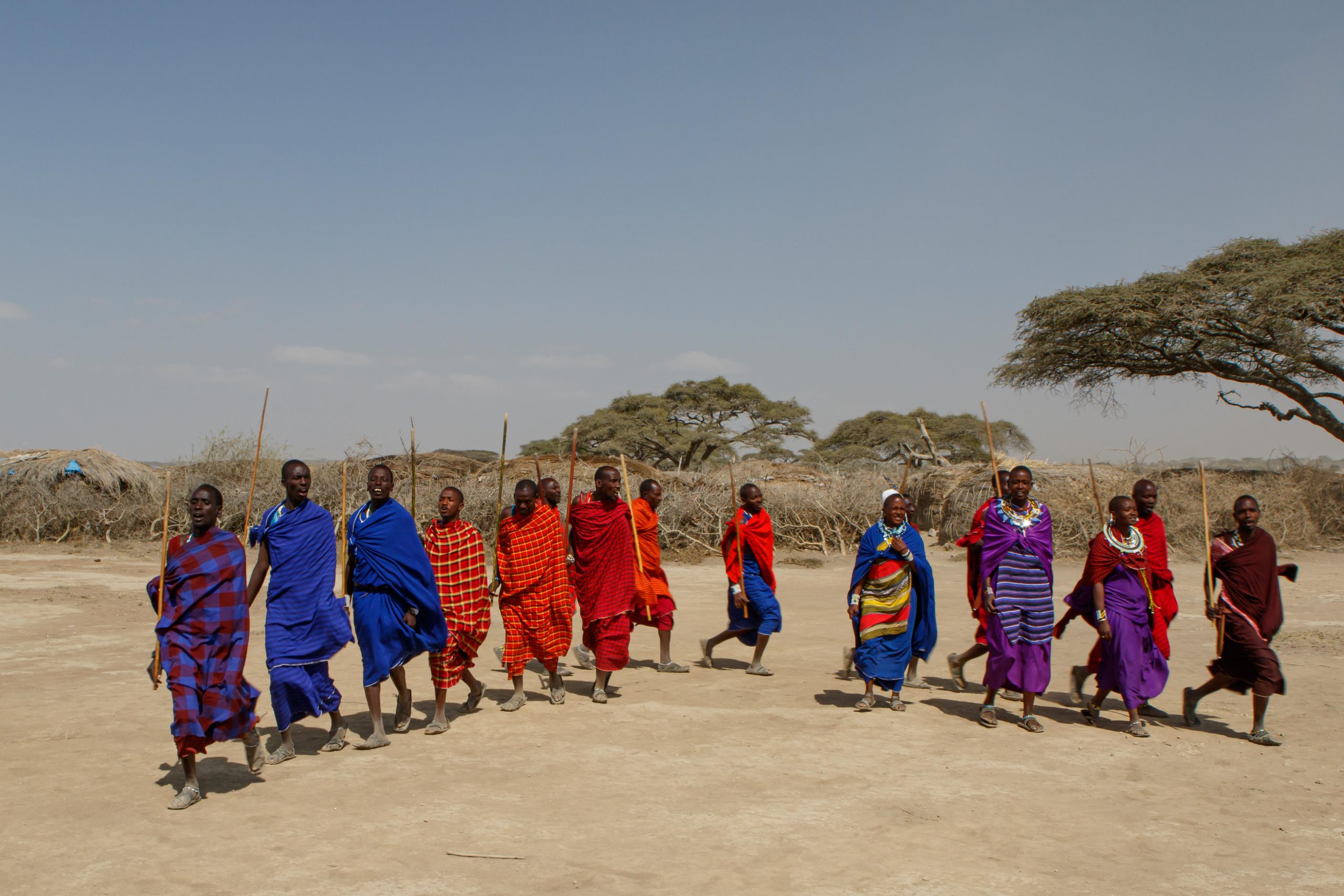
Despite their cultural resilience, the Maasai face modern challenges, including land loss due to tourism, conservation projects, and agricultural expansion. Climate change and resource scarcity further threaten their traditional pastoralist lifestyle.
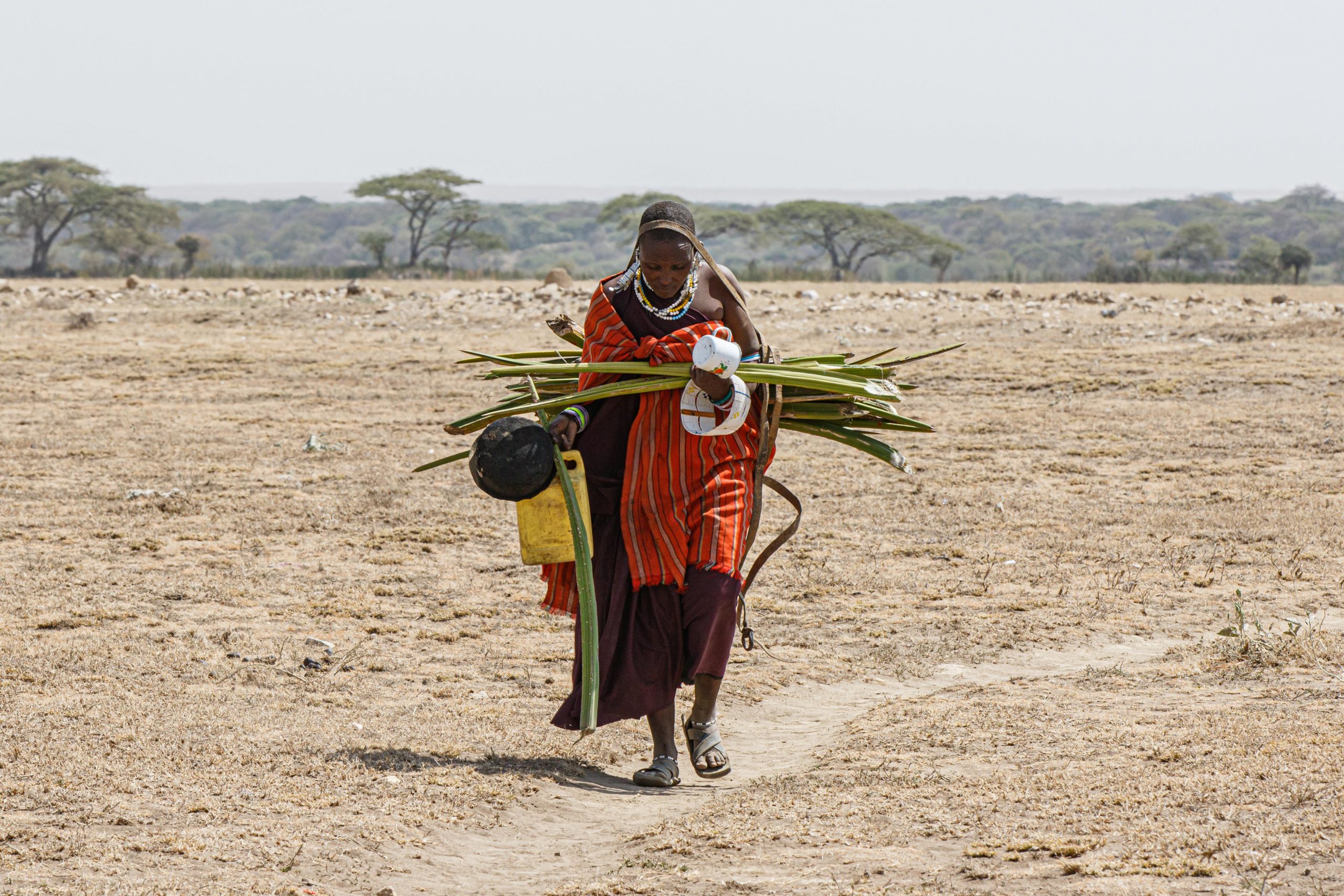
Efforts by NGOs and cultural preservation groups are helping the Maasai advocate for their land rights, access education, and balance traditional practices with modern opportunities. Today, the Maasai remain a symbol of cultural pride and resilience in East Africa, admired worldwide for their strength, unity, and ability to preserve their traditions amidst a rapidly changing world.
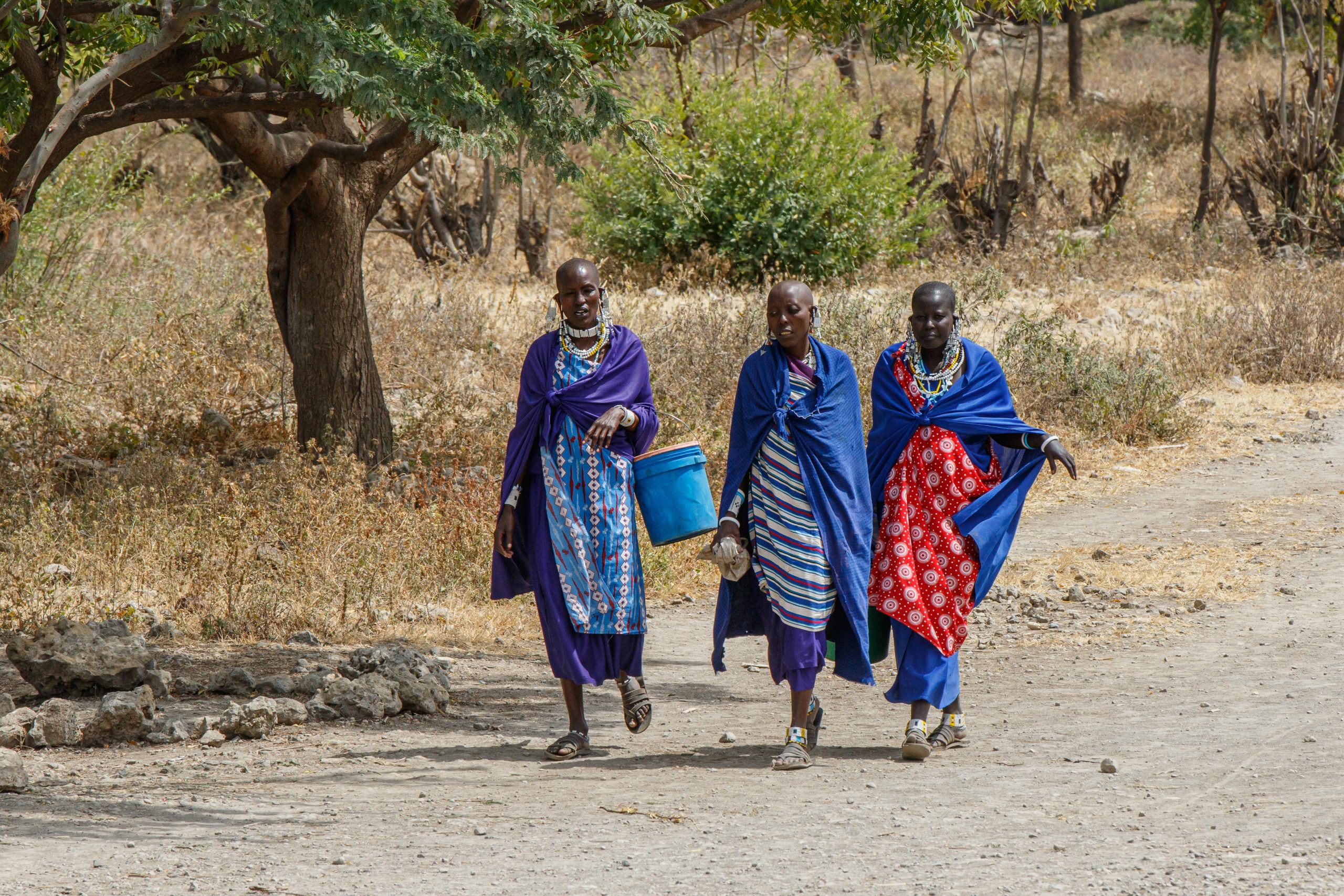
– related photo stories –
visual adventures
The Datoga Tribe - Tanzania
The Datoga are a semi-nomadic pastoralist tribe primarily residing in the Manyara Region near Lake Eyasi and the Ngorongoro Highlands in northern Tanzania. Numbering around 100,000 people, the Datoga are known for their cattle herding, metalworking skills, and resilience in adapting to the harsh, arid environments they inhabit. They are…
The Maasai - Tanzania
The Maasai are one of the most renowned and iconic indigenous tribes of East Africa, primarily living in the northern regions of Tanzania and southern Kenya. Known for their distinctive red attire, intricate beadwork, and semi-nomadic pastoralist lifestyle, the Maasai have preserved their rich cultural heritage despite the pressures of…
The Hadzabe Tribe - Tanzania
The Hadzabe are one of the last remaining hunter-gatherer tribes in the world, living around the arid regions of Lake Eyasi in northern Tanzania. With an estimated population of around 1,200–1,500 people, the Hadzabe have maintained their traditional way of life for thousands of years, relying on hunting wild animals…
